5 Essential Features of a Safe and Comfortable Rabbit Nesting Box
Discover the top 5 must-have features for a rabbit nesting box, ensuring safety and comfort for your bunny's cozy haven. Enjoy reading!
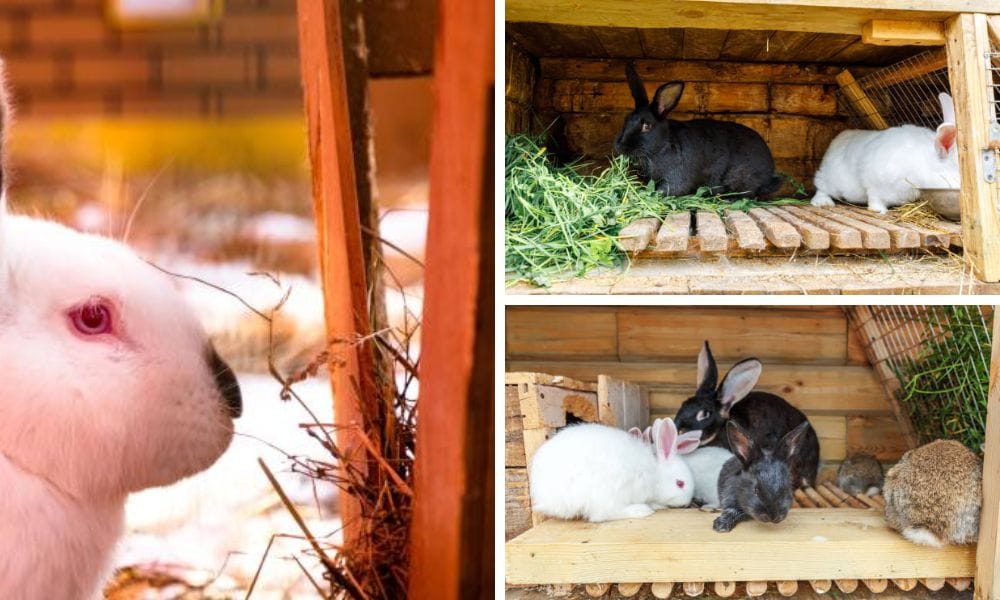
Introduction to Rabbit Nesting Boxes
Rabbit nesting boxes, often simply called nest boxes, are an essential item for anyone breeding rabbits or caring for a doe expecting her first litter. A nesting box provides a safe, comfortable, and private space inside the rabbit’s cage where the doe can give birth and care for her babies. It’s important to always have a rabbit nest box on hand for breeding and raising litters, ensuring you are prepared to support your rabbits’ care and health. Whether you’re a seasoned breeder or new to raising bunnies, choosing the right nesting box can make all the difference in the health and happiness of your rabbits.
There are many different styles of nest boxes available to suit every need and preference. The classic wood nest box favorite remains for its sturdy build and natural feel, offering a cozy environment for both the doe and her kits. Metal nest boxes are also popular, especially for their durability and ease of cleaning, while drop nest boxes are designed for easy removal and replacement from the cage floor. Each style has its own advantages, and the best choice often depends on your specific setup and the number of litters you expect your doe to have. Based on experience and customer feedback, we highly recommend the classic wood nest box for its comfort and reliability.
When selecting a nesting box, it’s important to consider the perfect size for your rabbits and the available room inside the cage. The box should be easy to attach and remove, making regular cleaning and maintenance simple. One key feature to look for is a well-designed lip at the entrance of the box. This small but essential piece helps prevent a common mistake—kits falling out when the doe jumps out of the box. The lip gently scrapes the kits off the doe’s teats as she exits, keeping the babies safely inside and reducing the risk of injury.
Over many years, breeders have refined the design of nest boxes to meet the needs of both rabbits and their owners. Whether you prefer the natural look of wood boxes or the practicality of metal nest boxes, the goal is always the same: to provide a safe, comfortable, and easy-to-clean environment for your rabbits. A well-built nesting box that’s easy to remove and replace will serve you well through many litters, making it a practical investment for any breeding program. Customers consistently praise the quality and durability of our product, noting their satisfaction with its value and performance.
By choosing the right nest box and paying attention to these essential features, you’ll help ensure the well-being of your doe and her kits, and enjoy many years of successful breeding and happy, healthy bunnies. Positive reviews highlight the trust customers have in our company and products, especially for their quality and customer service.
Key Takeaways:
- Understand the importance of size, material, and design for a rabbit nesting box, including ensuring the correct order and dimensions for optimal use of drop nest boxes.
- Learn about the necessity of easy cleaning and safe construction for the health of both doe and kits.
- Discover how to ensure proper insulation and protection for rabbit nesting boxes in various climates.
Rabbit owners know that the comfort and safety of their furry friends are paramount, especially when it comes to breeding and raising kits. A well-designed rabbit nesting box is crucial for the health and well-being of both the mother (doe) and her babies. Drop nest boxes work to improve kit survival and ease of management by providing a secure and functional environment. In this article, we’ll explore the five essential features that every rabbit nesting box should have to ensure it is a safe and comfortable environment for your rabbits.
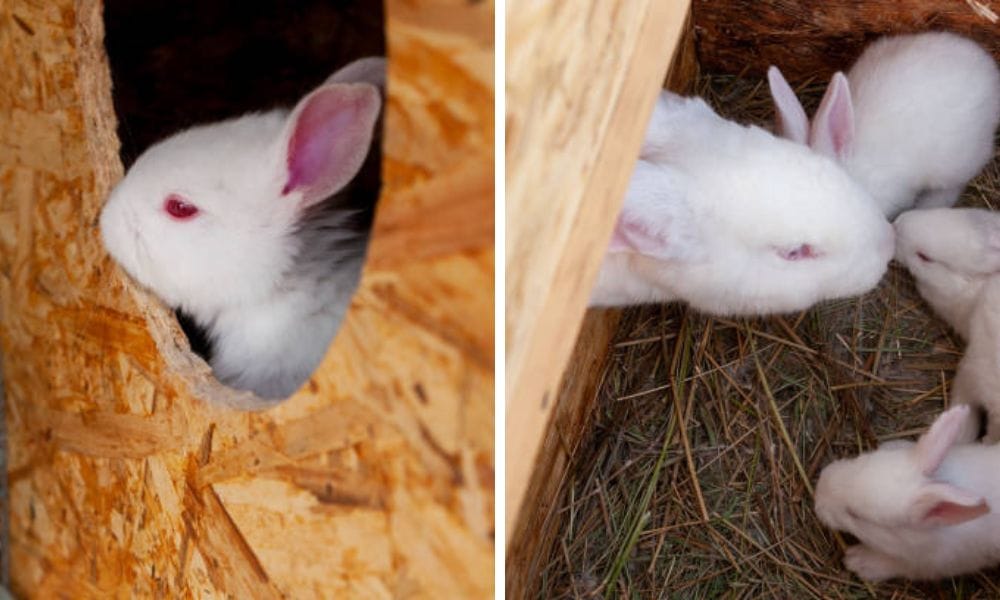
Adequate Size and Space
The dimensions of a rabbit nesting box are critical. It must be spacious enough to accommodate the doe and her litter comfortably but not so large that the kits cannot stay warm. A general rule of thumb is to have a nest box that allows the doe to turn around freely without stepping on her kits. For most breeds, a box that is around 18 inches long, 10 inches wide, and 10 inches tall will suffice. However, larger breeds like Flemish Giants may require more substantial dimensions. It’s also important to ensure the nest box fits properly within the cage, as a good fit helps keep the kits safe and makes inspection easier. It’s also beneficial to have a low lip at the entrance to prevent kits from being dragged out of the box but high enough to keep the bedding and kits inside.
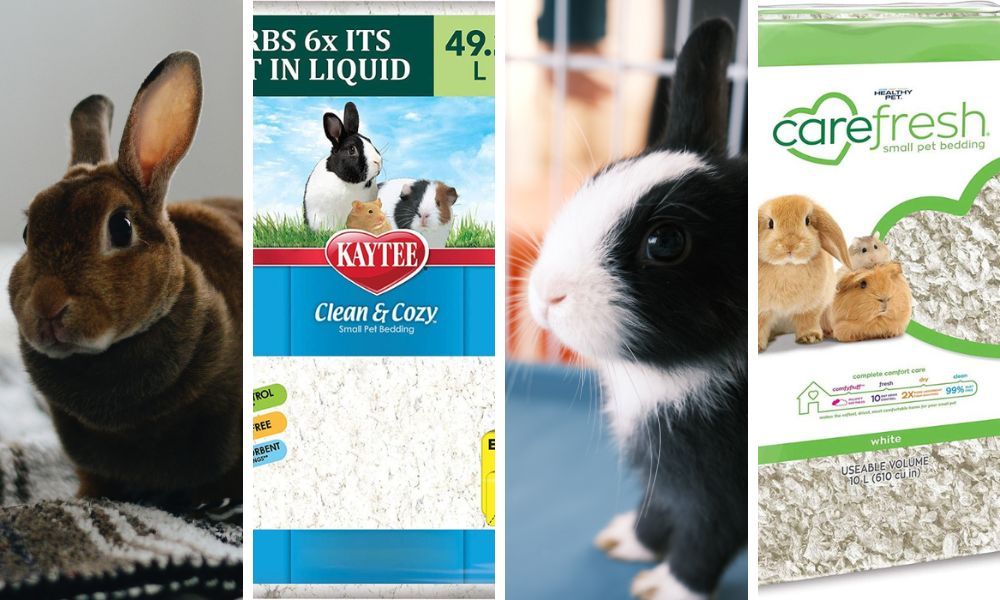
Safe and Durable Materials
When selecting materials for a rabbit nesting box, safety and durability should be your top priorities. Wood is a popular choice due to its insulation properties, which keep the nest warm in winter and cool in summer. However, ensure the wood is untreated and free from chemicals that could harm the rabbits. When preparing the wood or other materials, make sure to measure carefully and cut each piece precisely to ensure a proper fit and sturdy construction. Some breeders prefer to attach hardware cloth to the bottom of the box to keep it elevated from the cage floor, which helps to prevent the buildup of moisture and bacteria. The sides of the box should be sturdy enough to prevent the doe from chewing through to escape or harm the kits.
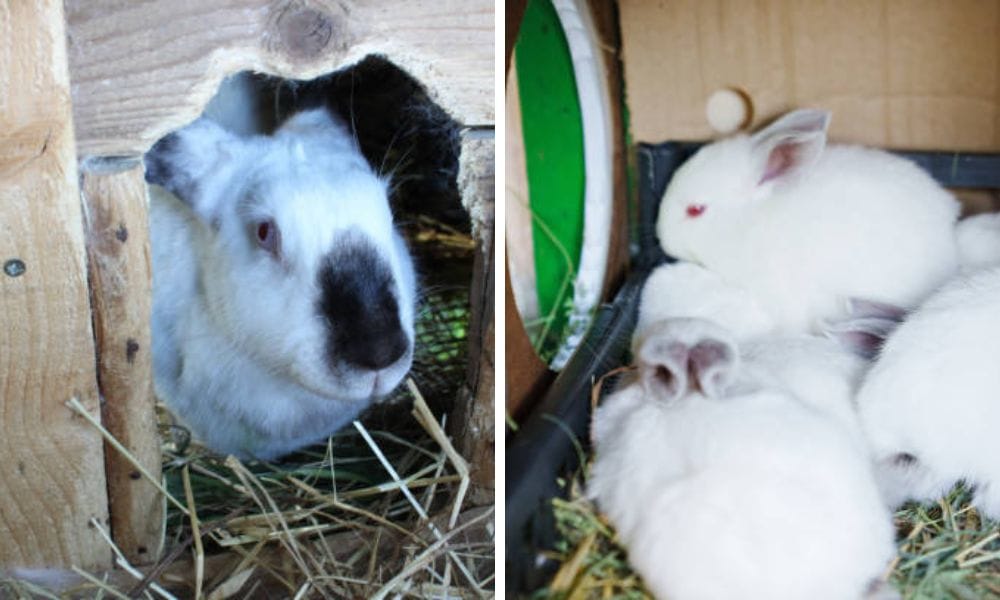
Easy Cleaning and Maintenance
For the health of the doe and her kits, easy cleaning is a must. A nesting box with a removable floor or side can make cleaning a breeze. Some boxes are designed with a shelf that can be replaced or lined with litter, which can be easily removed and replaced. A well-designed floor allows urine and debris to fall through, helping to keep the bedding dry and reducing the risk of bacterial infections. This not only keeps the nest clean but also reduces the stress on the doe, as a dirty nest can lead to health issues for her and the babies. A box that is easy to disassemble and reassemble will make the regular cleaning process less of a chore and more of a quick routine.
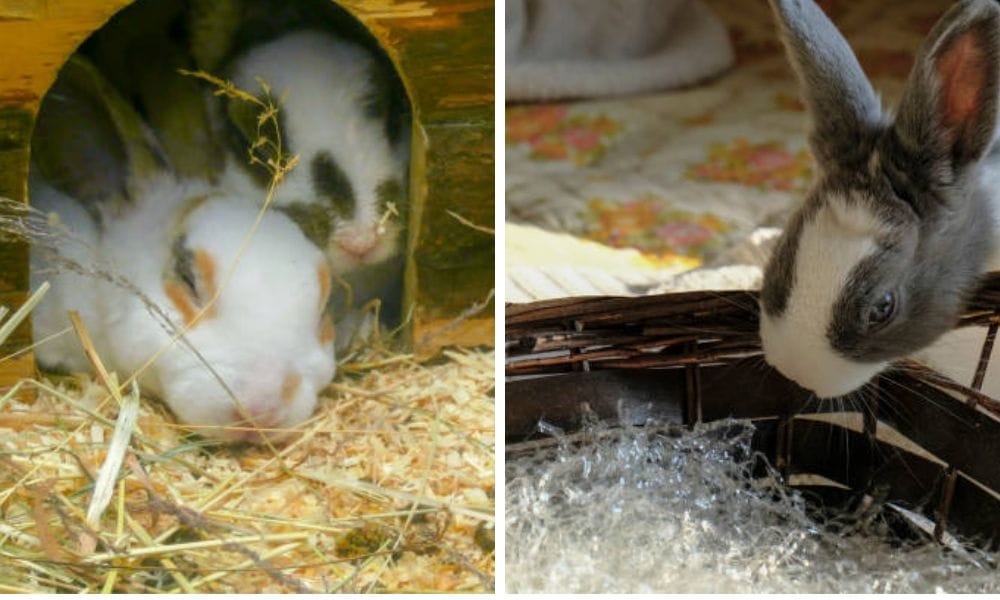
Insulation and Climate Control
Proper insulation is essential, especially if you live in an area with extreme weather conditions. In winter, a warm nest is crucial for the survival of newborn kits. Some rabbit owners treat their nest boxes with extra layers of hay or straw to provide additional warmth. Conversely, in the summer, ensuring that the nest box is not exposed to direct sunlight and has adequate ventilation is important to prevent overheating. The construction of the box should allow for adjustments based on the season, such as adding or removing insulation as needed.
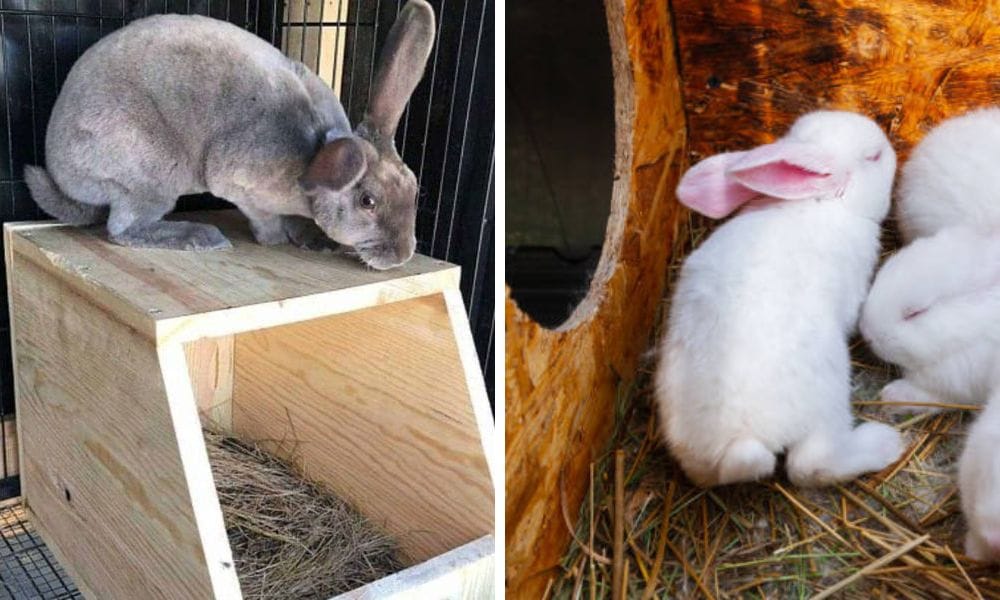
Secure and Stable Design
The design of the rabbit nesting box should be secure to protect the kits from predators and accidents. It should be stable enough not to tip over when the doe moves in and out. The design should also account for the doe's jump out of the nest box, ensuring that kits are not accidentally pulled out or injured during this movement. If the box is placed within a larger cage, it should be securely attached to the cage walls or floor to prevent it from being dragged or knocked around. The edges of the box should be smooth to prevent injuries, and if a lid is used, it should be secure but easily accessible for monitoring the doe and her litter.
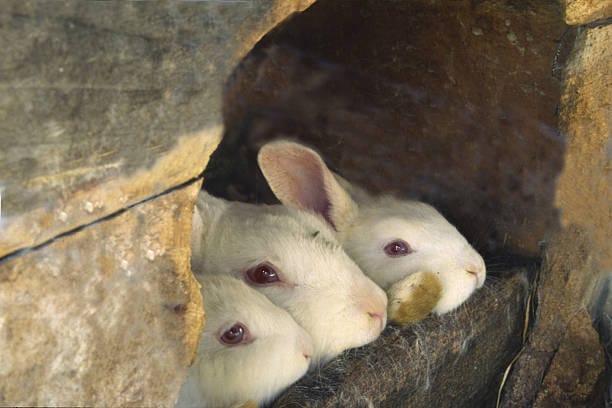
Creating Comfort: Cozy Features for Your Rabbit
When it comes to creating a comfortable and safe environment for your rabbit, a well-designed nest box is an essential item. The classic wood nest box is a favorite among breeders, but there are many different styles to choose from, including metal nest boxes and drop nest boxes. To ensure the perfect size for your rabbit, consider the space available inside the cage and the number of kits you expect in a litter. A sturdy nest box with a lip is crucial to prevent babies from falling out when the doe jumps out of the box.
For breeding rabbits, a comfortable nest box is vital for the health and well-being of the kits. A cozy nesting box can be achieved by adding warm bedding such as straw or hay, and making sure the box is easy to clean and maintain. You can also attach a small cart or tray to the outside of the cage to make it easy to remove and clean the nest box. When building a nest box, consider using untreated wood and a metal or hardware cloth floor to prevent dampness and bacterial infections.
To create a comfortable environment for your rabbit, make sure the nest box is placed in a quiet and draft-free area of the cage. You can also add some toys or accessories to keep your rabbit entertained and stimulated. A comfortable nest box is not only essential for the health and well-being of your rabbit, but it can also help to reduce stress and promote a sense of security. By providing a cozy and comfortable nest box, you can help your rabbit feel happy and content, and ensure a successful breeding program.
In addition to the nest box itself, consider the overall design of the cage and how it can be adapted to meet the needs of your rabbit. A cage with a large enough room and a sturdy floor can provide a safe and comfortable environment for your rabbit to move around and exercise. You can also add some hiding places or tunnels to provide a sense of security and reduce stress. By creating a comfortable and cozy environment for your rabbit, you can help to promote a healthy and happy life for your pet.
Some recommended features to include in your nest box design are a sturdy lip to prevent kits from falling out, a comfortable and easy-to-clean bedding area, and a secure attachment to the cage to prevent the box from being knocked over. You can also consider adding some ventilation to the nest box to keep the air fresh and clean. By incorporating these features into your nest box design, you can create a comfortable and cozy environment for your rabbit to thrive in. With a little planning and creativity, you can build a nest box that will provide a safe and happy home for your rabbit for many years to come.
Summary
In summary, a rabbit nesting box should be spacious, made from safe and durable materials, easy to clean, well-insulated, and have a secure and stable design. These features ensure that the doe has a stress-free breeding experience and the kits have a safe start to life. As the kits grow, they will eventually leave the nest box to explore their surroundings and become independent. By paying attention to these essential aspects, rabbit owners can provide a nurturing environment that promotes the health and happiness of their rabbit families.

FAQ Section
Q: What is the ideal size for a rabbit nesting box? A: The ideal size for a rabbit nesting box varies depending on the breed but generally should be large enough for the doe to turn around without stepping on her kits. For most breeds, a box around 18 inches long, 10 inches wide, and 10 inches tall is suitable.
Q: How often should I clean the rabbit nesting box? A: The nesting box should be checked daily for cleanliness and the bedding replaced as needed. A thorough cleaning should be done between litters or if the bedding becomes soiled to prevent the spread of bacteria and ensure the health of the doe and kits.
Q: Can I build my own rabbit nesting box? A: Yes, building your own rabbit nesting box is a great DIY project. Ensure you use untreated wood, secure construction, and follow the guidelines for size and safety features to create a comfortable and secure environment for your rabbits. It's important to follow a detailed plan or blueprint, as this will guide you through the process and help ensure proper construction and safety. During the colder weather you can line the nest box by dropping a cardboard box for example.

